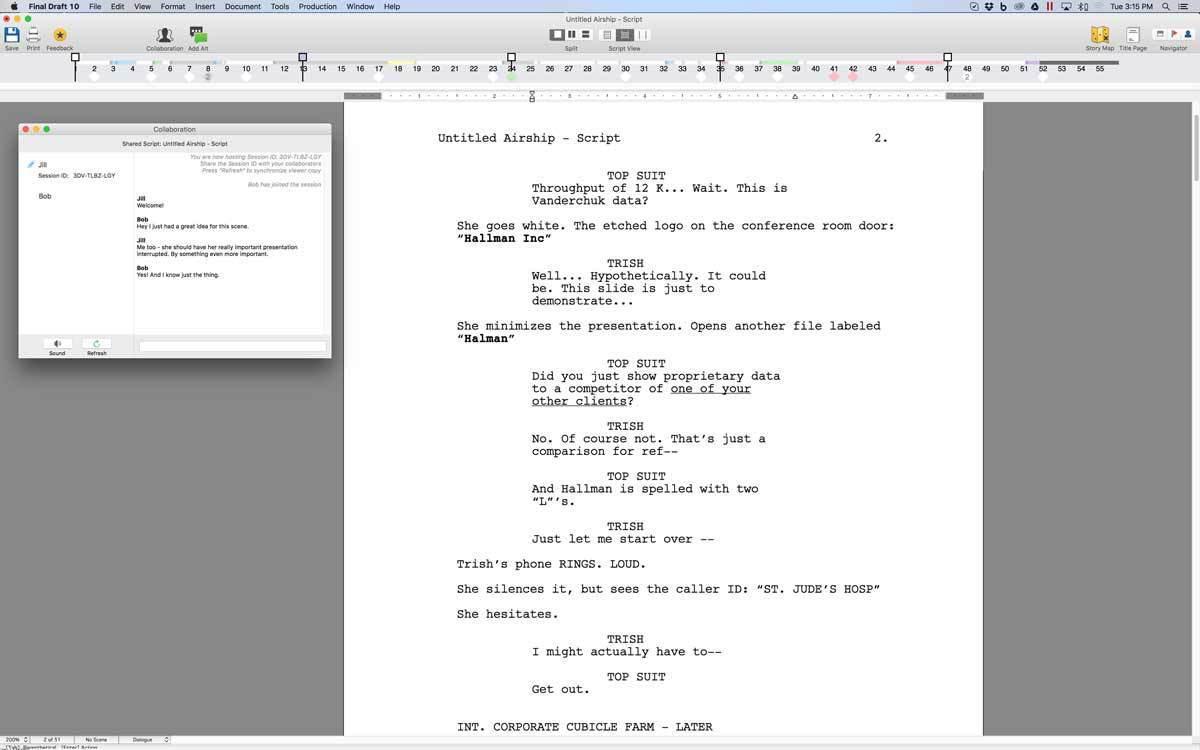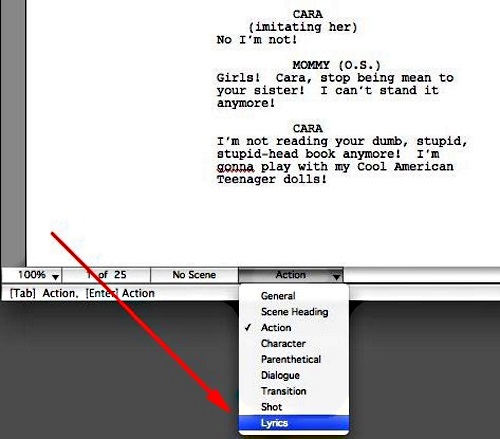

Like XML’s SOAP, YAML supports serializing native graph data structures Instead of requiring a special document object model (DOM). Their language’s native data structures for YAML manipulation, Support for common types enables programmers to use Languages such as Perl, Python, and Ruby. YAML’s core type system is based on the requirements of agile Paragraphs to be word-wrapped without affecting the canonical form of the content. Lines are interpreted as line break characters. Motivated by HTML’s end-of-line normalization, YAML’s line folding employs an intuitive Non- printable 16-bit Unicode andģ2-bit (ISO/IEC 10646) characters are supported with escape sequences This enables ASCII encoding of non- printable or 8-bit (ISO 8859-1) characters such as YAML’s double-quoted style uses familiar C-style escape sequences. Style leverages this by enabling formatted text to be cleanly (without the ambiguities caused by tabs). YAML’s indentation-based scoping is similar to Python’s Independent documents ideal for message-based distributed (RFC2045), YAML’s top-level production is a stream of The syntax of YAML was motivated by Internet Mail (RFC0822) and remains

YAML integrates and builds upon concepts described by C, Java, Perl, Python, Ruby, RFC0822 (MAIL), Since then, YAML has matured through ideas and On, it directly incorporated experience from Brian Ingerson’s Perl Markup language discussions among SML-DEV members. YAML’s initial direction was set by the data serialization and Understand, programming becomes a simpler task. Interprocess messaging, cross-language data sharing, object persistence,Īnd debugging of complex data structures.

Well for common use cases such as: configuration files, log files, Potential is virtually boundless, YAML was specifically created to work

Handful of languages for storing and transferring data. There are hundreds of different languages for programming, but only a Such as Perl, Python, PHP, Ruby, and Javascript. These include the new wave of agile languages Working with those languages that are fundamentally built around the Programming languages can use YAML for data serialization, YAML excels in Primitives and adds a simple typing system and aliasing mechanism to form aĬomplete language for serializing any data structure. (arrays/lists) and scalars (strings/numbers). There are myriad flavors of data structures, but they can all beīasic primitives: mappings (hashes/dictionaries), sequences Key: value” pairs, and dashes are used to create For example, indentation may be used for structure, colons separate Structural characters and allowing the data to show itself in a naturalĪnd meaningful way. YAML achieves a unique cleanness by minimizing the amount of Which provide structural information and the rest containing the data It uses Unicode printable characters, some of YAML was designed from the start to be useful andįriendly to people working with data. Open, interoperable and readily understandable tools have advancedĬomputing immensely. Information needed to develop applications for processing YAML. Specification is both an introduction to the YAML language and theĬoncepts supporting it it is also a complete reference of the Modern programming languages for common everyday tasks. Serialization language designed to be human-friendly and work well with “ YAML Ain’t Markup Language” (abbreviated YAML) is a data That’s pretty much all there is to it – you’ll have your screenplay back to being properly formatted in no time.Table of Contents 1. Then the next paragraph will be highlighted. This gizmo highlights a paragraph and when you click the appropriate button, the highlighted text will be reformatted as that paragraph type. The element number is displayed at the bottom of the script window when you press and hold down the Command key.Ĭlick into the paragraph and select the right element from the dropdown menu:įinally, if you have a lot of reformatting to do, go to Tools > Reformat and the Reformat utility will come up: Mac: Press Command + Option + Number of the element to which you’d like to convert the text. The element number is displayed at the bottom of the script window when you press and hold down the Control key. Windows: Press Control + Shift + Number of the element to which you’d like to convert the text. There’s no need to highlight the entire section. Simply place the blinking cursor in that block of text. Sometimes, paragraphs in Final Draft are inadvertently misformatted – Action paragraphs mistakenly render as character names, Scene Headings look like Transitions, lines of dialogue look like Parentheticals.įortunately, misformatted text is easy to fix.


 0 kommentar(er)
0 kommentar(er)
